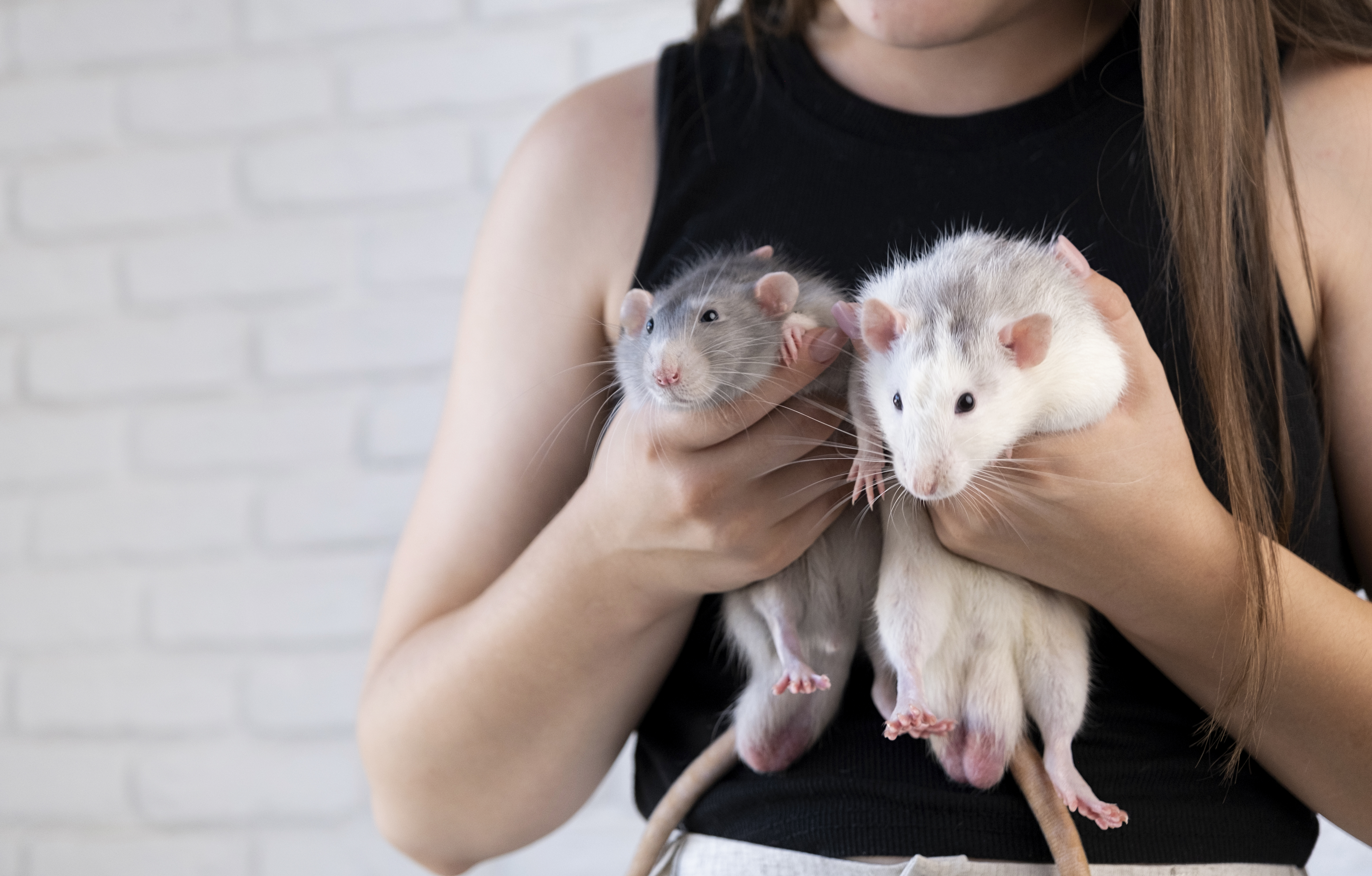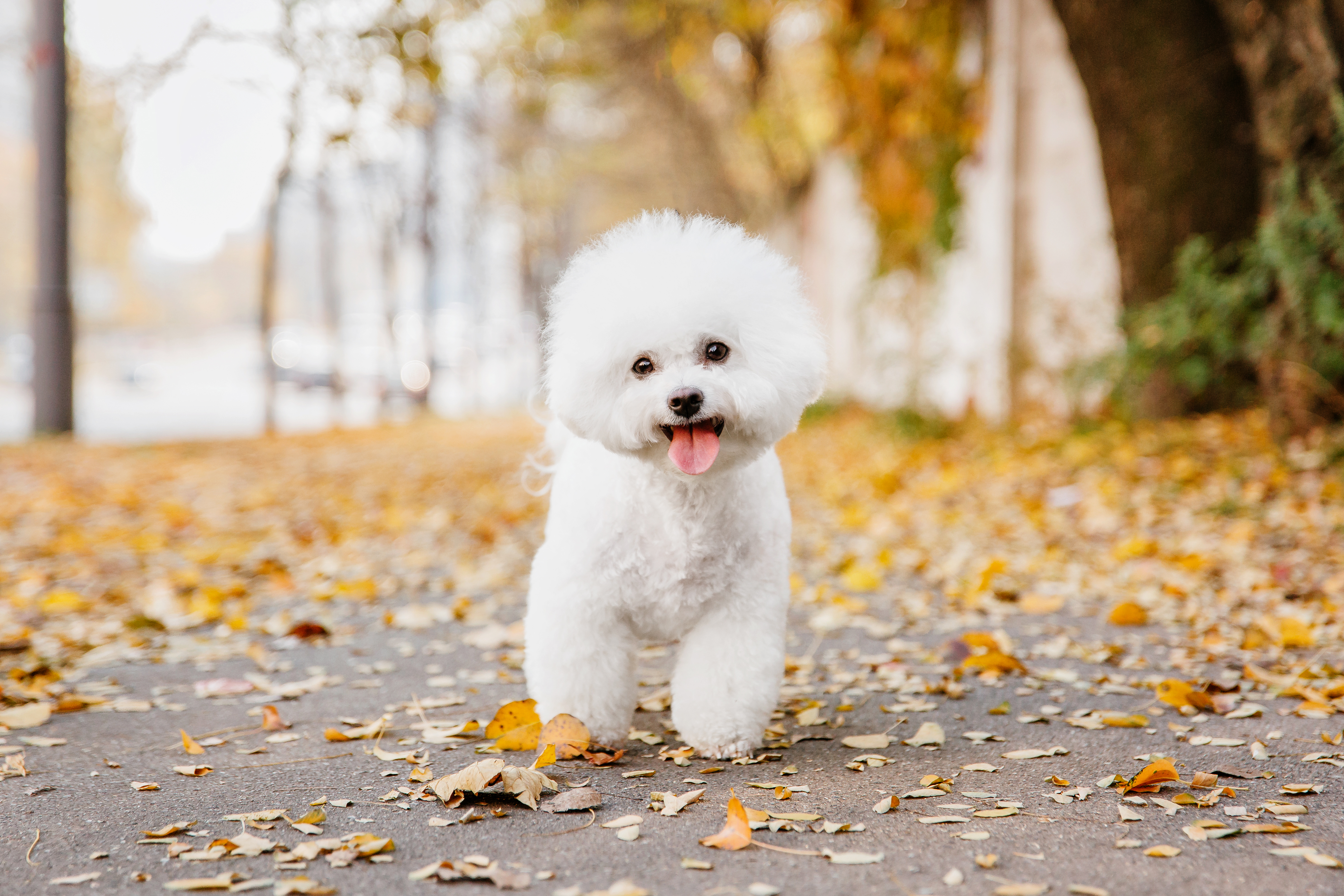Embark on the Whimsical World of Sugar Glider Companionship
Embarking on the journey of sugar glider companionship is akin to stepping into a whimsical world where the boundaries of traditional pet ownership blur into an experience rich with wonder and fascination. Sugar gliders, with their wide-eyed expressions and endearing gliding abilities, captivate the hearts of those seeking a unique and rewarding pet relationship. Originating from the forests of Australia and New Guinea, these nocturnal marsupials have found their way into homes around the world, bringing with them a sense of adventure and a touch of the exotic. Their small size, coupled with their dynamic personalities, makes them an intriguing choice for pet enthusiasts looking for something beyond the ordinary. This article delves into ten captivating insights that illuminate the reality of sharing your life with these enchanting creatures, offering a comprehensive guide for those considering or already embracing sugar glider companionship.
Sugar gliders are not just pets; they are companions that require a deep commitment and understanding of their unique needs. The decision to welcome a sugar glider into your home should be made with careful consideration of their specific care requirements and the lifestyle adjustments necessary to accommodate their presence. From their dietary needs to their social behaviors, sugar gliders demand an informed and attentive approach to ensure their well-being and happiness. This introduction sets the stage for a detailed exploration of what life is truly like with these remarkable creatures, providing a foundation for the subsequent insights that will guide potential and current sugar glider owners on their journey.
Understanding the Sugar Glider's Unique Physiology

Sugar gliders possess a fascinating physiology that sets them apart from more conventional pets. One of their most distinctive features is the patagium, a membrane that stretches from their wrists to their ankles, enabling their signature gliding ability. This adaptation allows them to travel considerable distances in their natural habitat, a skill they often exhibit in domestic environments, albeit on a smaller scale. Understanding this aspect of their physiology is crucial for providing an environment that satisfies their instinctual need for movement and exploration.
In addition to their gliding prowess, sugar gliders have a highly developed sense of smell, which plays a significant role in their social interactions and environmental awareness. Their large, expressive eyes are adapted for nocturnal living, allowing them to navigate and forage in low-light conditions. These physiological traits necessitate specific environmental considerations, such as providing ample space for gliding and ensuring a safe, enriching habitat that mimics their natural surroundings. By appreciating the unique physiological characteristics of sugar gliders, owners can create a living space that promotes their health and happiness, enhancing the overall companionship experience.
The Social Dynamics of Sugar Gliders

Sugar gliders are inherently social animals, thriving in environments where they can interact with both their human caregivers and other sugar gliders. In the wild, they live in colonies, which underscores the importance of companionship in their domestic lives. When considering sugar glider ownership, it's essential to recognize their need for social interaction and to plan accordingly, whether that means adopting multiple sugar gliders or dedicating significant time to bonding with a single pet.
The social nature of sugar gliders manifests in their behavior, as they often seek physical contact and vocalize to communicate with their companions. They use a range of sounds, from soft chirps to louder barks, to express their emotions and needs. Understanding these vocalizations and their meanings can enhance the human-sugar glider relationship, allowing for more effective communication and a deeper bond. Providing social enrichment through interaction, play, and bonding activities is vital to prevent loneliness and promote mental well-being, ensuring that sugar gliders lead fulfilling lives in their domestic environments.
Nutritional Needs and Dietary Considerations

A well-balanced diet is fundamental to maintaining the health and vitality of sugar gliders. These omnivorous creatures require a diet that mimics their natural intake, which typically includes a variety of fruits, vegetables, insects, and specialized glider pellets. Understanding the nutritional needs of sugar gliders is crucial for preventing health issues and promoting longevity, as improper feeding can lead to obesity, malnutrition, and other serious conditions.
Sugar glider diets should be rich in calcium and low in phosphorus to prevent nutritional imbalances that can lead to bone disorders. Fresh produce should be a staple of their diet, complemented by protein sources such as mealworms or boiled eggs. Additionally, commercial sugar glider diets can provide essential nutrients, but it's important to research and select high-quality products. Owners must be vigilant about dietary changes and monitor their gliders' health, adjusting their feeding regimen as necessary to meet their evolving needs. By prioritizing proper nutrition, sugar glider owners can ensure their pets enjoy a healthy, active lifestyle.
Creating an Enriching Habitat

Designing an appropriate habitat for sugar gliders is a critical aspect of their care, as it impacts their physical and mental well-being. A well-constructed enclosure should offer ample space for climbing, gliding, and exploration, with vertical height being particularly important to accommodate their natural behaviors. Enclosures should be equipped with branches, ropes, and platforms to simulate a tree-dwelling environment, encouraging exercise and mental stimulation.
In addition to physical structures, environmental enrichment can be achieved through the inclusion of toys, nesting pouches, and foraging opportunities. Rotating these elements regularly can prevent boredom and keep sugar gliders engaged. The habitat should also be maintained at a consistent temperature, as sugar gliders are sensitive to extreme cold and heat. Providing a safe, enriching environment that caters to their instinctual needs is essential for promoting the well-being and happiness of sugar gliders, helping them to thrive in a domestic setting.
Bonding and Building Trust

Forming a strong bond with a sugar glider is a rewarding process that requires patience, consistency, and understanding. Trust is the foundation of any successful human-sugar glider relationship, and building this trust takes time and effort. The bonding process often begins with allowing the sugar glider to acclimate to its new environment, gradually introducing handling and interaction as the glider becomes more comfortable.
Using bonding pouches, where sugar gliders can nestle close to their owners, is an effective method for fostering closeness and familiarity. Regular, gentle handling and interaction are crucial for developing trust, as is responding to the glider's cues and respecting its boundaries. Over time, sugar gliders will often become more affectionate and responsive, forming a deep bond with their human companions. This connection not only enhances the companionship experience but also contributes to the overall well-being and happiness of the sugar glider.
Health Care

Ensuring the health of sugar gliders involves regular veterinary care and a proactive approach to monitoring their well-being. Finding a veterinarian experienced in exotic pets, particularly marsupials, is essential for providing appropriate medical care. Routine check-ups can help detect potential health issues early, allowing for prompt intervention and treatment.
Common health concerns for sugar gliders include dental problems, nutritional imbalances, and parasites, all of which require vigilance and preventive measures. Owners should be attentive to changes in behavior, appetite, and physical condition, as these can indicate underlying health issues. Vaccinations are not typically required for sugar gliders, but regular parasite control and dental care are important components of their health regimen. By prioritizing veterinary care and maintaining a watchful eye on their health, sugar glider owners can ensure their pets lead long, healthy lives.
The Nocturnal Nature of Sugar Gliders

Understanding the nocturnal tendencies of sugar gliders is crucial for creating a harmonious living arrangement. As nighttime creatures, sugar gliders are most active during the evening and early morning hours, which can influence their interaction with human caregivers. This nocturnal nature requires adjustments in daily routines, such as scheduling playtime and feeding in the evening to align with their natural activity patterns.
Owners should also consider the impact of noise and activity levels on the household, as sugar gliders can be quite vocal and energetic during the night. Providing a quiet, dimly lit environment during the day can help accommodate their sleep schedule, ensuring they receive adequate rest. By embracing the nocturnal nature of sugar gliders, owners can foster a more satisfying and less disruptive companionship experience, aligning their care routines with the natural rhythms of their pets.
Legal and Ethical Considerations

Before acquiring a sugar glider, it's important to understand the legal and ethical considerations associated with their ownership. Regulations regarding sugar glider ownership vary by region, with some areas imposing restrictions or requiring permits. Prospective owners should research local laws to ensure compliance and avoid potential legal issues.
Ethically, it's crucial to acquire sugar gliders from reputable breeders or rescue organizations to support responsible breeding practices and avoid contributing to the illegal wildlife trade. Potential owners should also consider the long-term commitment involved in sugar glider care, as these animals can live for 10-15 years. By approaching sugar glider ownership with an informed and ethical mindset, individuals can contribute to the well-being of these creatures and promote responsible pet ownership practices.
The Joys and Challenges of Sugar Glider Companionship

The journey of sugar glider companionship is one filled with both joys and challenges. The unique behaviors and personalities of sugar gliders can bring immense joy to their owners, offering a pet experience unlike any other. Their playful antics, affectionate nature, and endearing appearance can create a deep sense of fulfillment and connection.
However, sugar glider ownership also presents challenges, such as meeting their complex care needs and adapting to their nocturnal lifestyle. The time, effort, and resources required to provide proper care can be demanding, necessitating a strong commitment from owners. By understanding and embracing both the joys and challenges of sugar glider companionship, individuals can create a rewarding and enriching experience for both themselves and their pets.
Embracing the Whimsical Journey

Embarking on the whimsical journey of sugar glider companionship is a decision that promises a unique and enriching pet experience. These enchanting creatures, with their distinctive characteristics and dynamic personalities, offer a relationship that is both rewarding and challenging. By understanding their unique needs and embracing the insights shared in this article, potential and current sugar glider owners can cultivate a fulfilling and harmonious companionship.
As with any pet, the key to a successful sugar glider relationship lies in commitment, education, and empathy. By approaching sugar glider ownership with an informed and compassionate mindset, individuals can ensure that these delightful marsupials lead healthy, happy lives, bringing joy and wonder to their human companions. This journey, though whimsical and at times demanding, offers an unparalleled opportunity to connect with one of nature's most captivating creatures, creating memories and bonds that last a lifetime.







